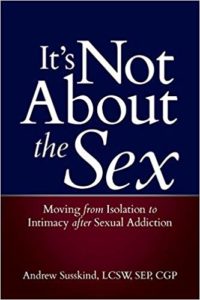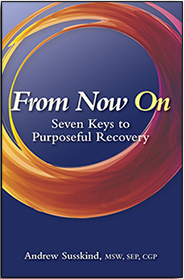A few months ago, the World Health Organization recognized and included “compulsive sexual behavior disorder” in the International Classification of Diseases (ICD-10). This is the first time that anything close to “sex addiction” has been validated as a diagnostic code. For many years there has been an effort by sex addiction therapists to include “sexual addiction” as a classification/diagnosis, but to no avail. Sexual addiction was coined by Patrick Carnes in the 1980s, but it’s always been a controversial term accepted by some clinicians and rejected by others.
Here is a brief example which recently opened my eyes to the contrast between the terms sex addiction and compulsive sex. My friend, Carol recently told me that she was sexually abused as a teenager and then found herself being sexually compulsive in her twenties. She felt completely isolated with this shameful behavior and didn’t know where to get effective help half a century ago. Carol found a compassionate therapist but didn’t know how to help her heal from the leftovers from her sexual compulsivity.
Regardless of what we call it, the most important thing is that people get the support and healing they need regardless of labels or diagnoses, but Carol’s perspective opened my eyes. In addition to those who have found recovery in the twelve-step rooms, there are many others who have out-of-control sexual behaviors who never make it to a twelve-step meeting. As someone who feels eternally grateful to my twelve-step healing, I’ve always leaned toward the term “sexually compulsive” rather than “sex addict” for several reasons:
1. The term sexual addiction was borrowed from AA and the Big Book which calls alcoholism a disease and looks at alcohol abuse through the lens of the medical model.
2. Sex addiction has never been a clean parallel when we are considering compulsive sexual behavior. In my upcoming book I try to steer away from anything that pathologizes sex or describes it as a disease.
Professionally, I have always walked a line between sex addiction therapists and sex therapists—with respect for both specialty areas. There is a necessity for both approaches—sex addiction treatment and sex-positive approaches to human sexuality–and nowadays, the gap seems to be diminishing. The ICD classification is a breath of fresh air and represents a profound change in the language that encompasses a group of individuals who don’t identify as sex addicts and may never step into a twelve-step room.
I look forward to continuing this dialogue and welcome any and all questions.




